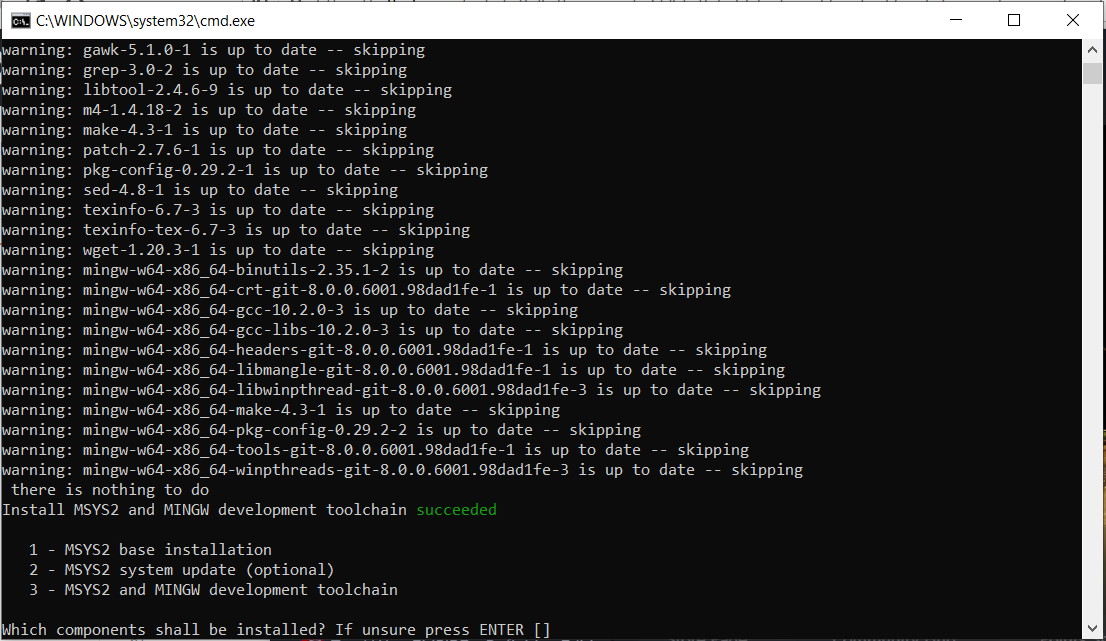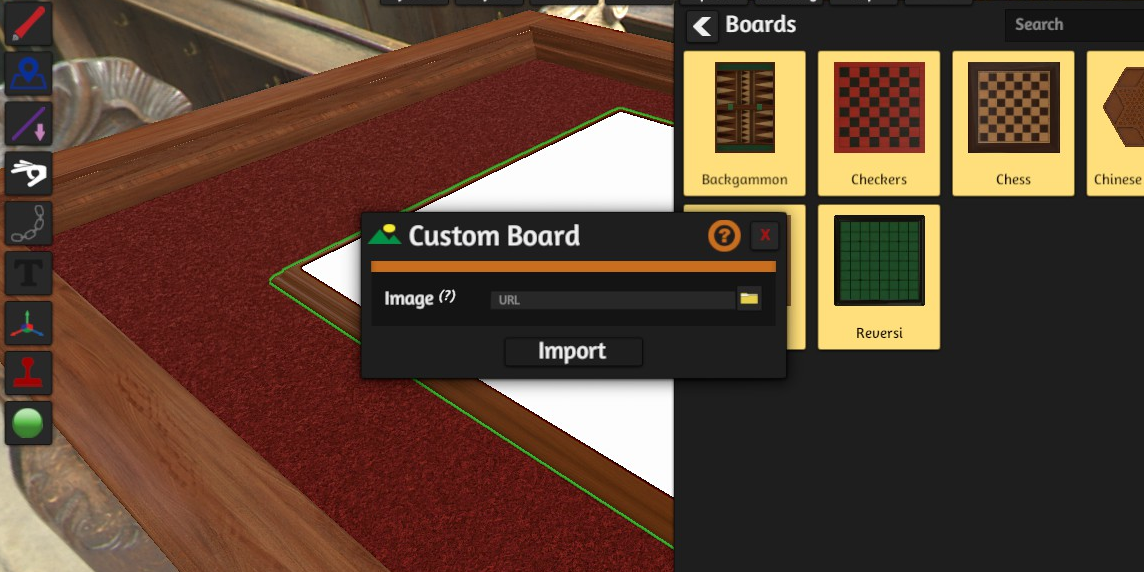

- How to use tabletop simulator for prototyping full#
- How to use tabletop simulator for prototyping software#
This leads to the challenge of managing the user’s attention in order to get the human involved when required and help him/her to maintain a suitable level of attention. Humans should interact with systems even in those situations where their attentional, cognitive, and physical resources are limited in order to perform the interaction. Some of the challenges are inherent to the complexity of human beings. This human-system integration introduces an important number of challenges and problems to be solved. The concept of ambience in AmI implies that computation becomes unobtrusively integrated into objects and spaces and that the integration of humans with systems should not be disturbing. Īs discussed in, the term “ambience” is an important aspect of the concept of “ambient intelligence,” which stresses the environmental character of these systems and the experiences that they evoke. However, the diversity of systems, domains, environments, context situations, and social and legal constraints all point to the need for going beyond “smart-only,” technology-driven ubiquitous instrumentations and installations and keeping the human in the loop and in control of such systems. This is especially relevant in Ambient Intelligence (AmI) environments (e.g., from smart objects to smart nations), where “smart” systems should adapt at runtime to changing user needs and intentions, new types of devices, new technologies, and new services. The results obtained point out the acceptability of the proposed method by designers and the useful adaptations provided by the “smart” prototyping technique to achieve a HiL design that adapts well to users’ preferences and needs.Īutonomous capabilities are required in the next generation of systems in order to adapt themselves to new environmental conditions and situations. We have validated the proposed method through a twofold perspective: an experiment to analyze the perception of interaction designers regarding their acceptance of the design method and another experiment to evaluate the usefulness of the “smart” prototyping technique. Finally, these inferences are used to automatically enhance the human-in-the-loop designs and prototypes. The feedback data generated during the prototype user validation is gathered and used by a machine learning tool that infers the user’s needs and preferences.
How to use tabletop simulator for prototyping software#
Then, we provide a software infrastructure to generate a prototype based on the HiL design and validate it by having end-users use a web simulator. This HiL design is built using a conceptual framework that focuses on achieving human-system interactions that get human attention and avoid obtrusiveness. The process starts with the definition of the HiL design, which defines how the system cooperates with the human. This paper presents a user-centered design method that defines a process with a set of tools and techniques that supports the process steps in order to systematically design, prototype, and validate human-in-the-loop (HiL) solutions. Therefore, appropriate user-centered methods for AmI development should be used to help designers analyze and design human-in-the-loop interactions in AmI environments. On the other hand, systems must avoid overwhelming the user with unnecessary actions. On the one hand, humans should interact with systems even in those situations where their attentional, cognitive, and physical resources are limited in order to perform the interaction. Human-system integration introduces an important number of challenges and problems that have to be solved.

How to use tabletop simulator for prototyping full#
However, keeping the human in the loop and in control of such systems is still necessary because of the diversity of systems, domains, environments, context situations, and social and legal constraints, which makes full autonomy a utopia within the short or medium term.

Autonomous capabilities are required in AmI environments in order to adapt systems to new environmental conditions and situations.


 0 kommentar(er)
0 kommentar(er)
